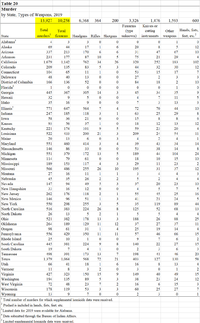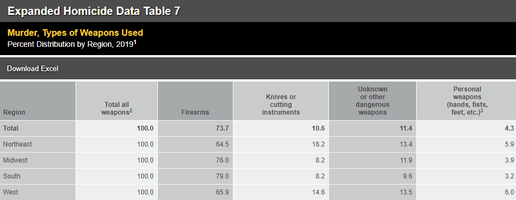Corresponding Author: Zirui Song, MD, PhD, Department of Health Care Policy, Harvard Medical School, 180A Longwood Ave, Boston, MA 02115 (
[email protected]).
Conflict of Interest Disclosures: Dr Song reported receiving grants from the National Institutes of Health and Arnold Ventures LLC; receiving personal fees from the Research Triangle Institute for work on Medicare risk adjustment; receiving personal fees from Google Ventures, VBID Health, and the International Foundation of Employee Benefit Plans for academic lectures; and receiving personal fees for providing consultation in legal cases.
Disclaimer: Dr Song is Associate Editor of
JAMA Health Forum, but he was not involved in any of the decisions regarding review of the manuscript or its acceptance.
Additional Contributions: I thank Mia Giuriato, BBA, MA, of Harvard Medical School for excellent research assistance without compensation.


![Smile [smile] [smile]](/xen/styles/default/xenforo/smilies.vb/001.gif)


![ROFL [rofl] [rofl]](/xen/styles/default/xenforo/smilies.vb/013.gif)


